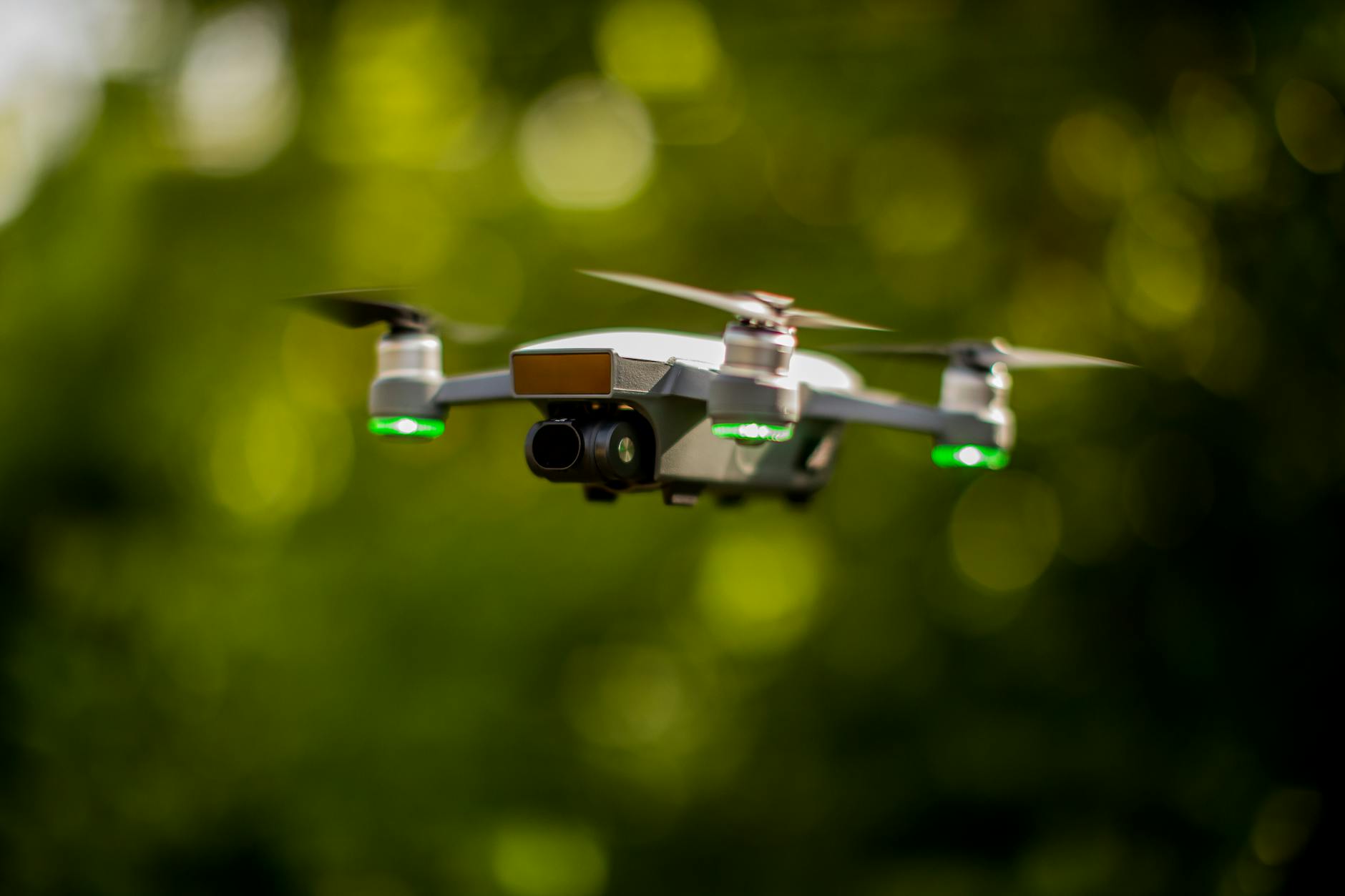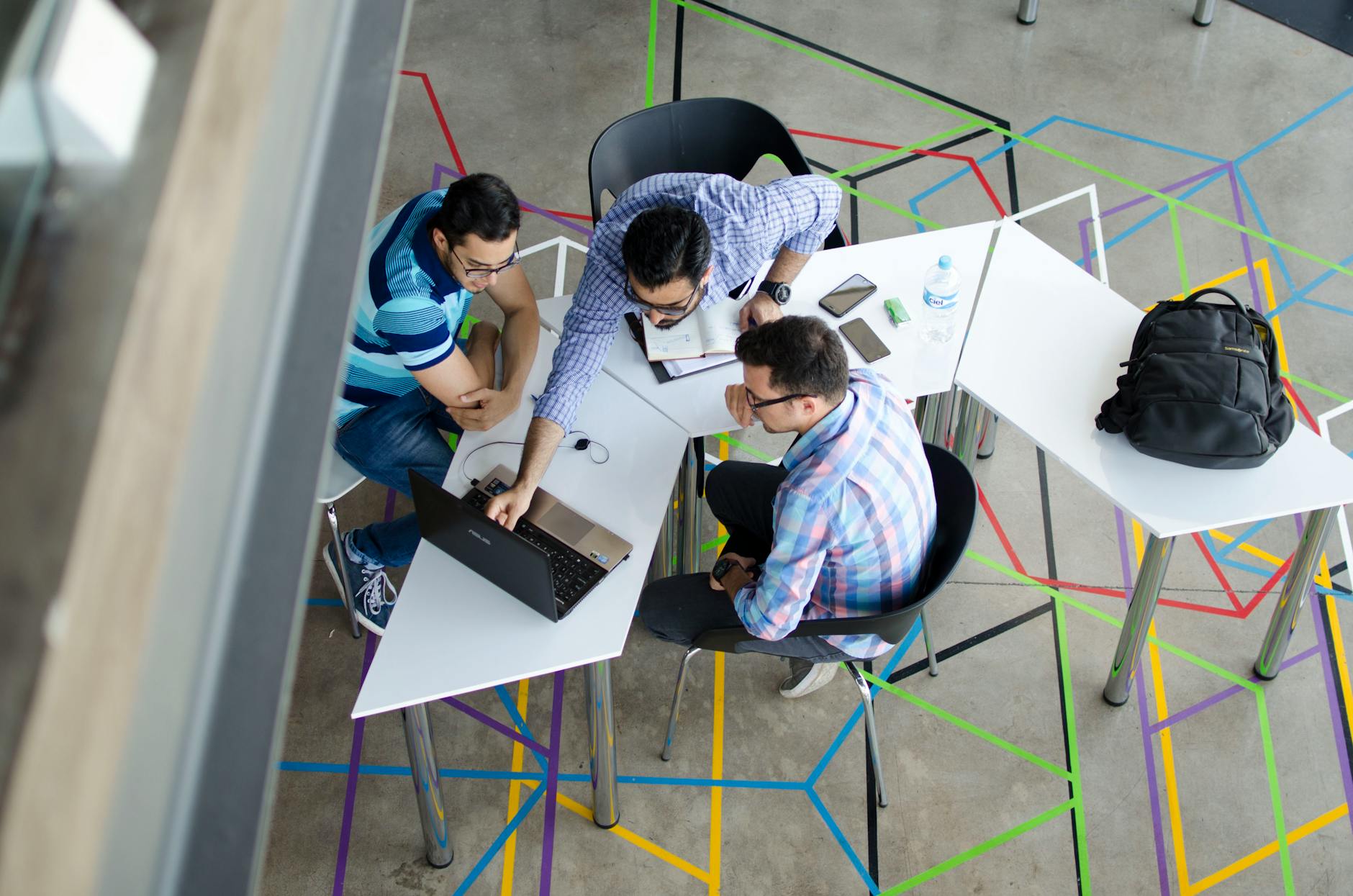How Australia's Universities Are Leading in Education Innovation

Creating Innovative Curriculum
In Australia's vibrant educational landscape, universities are redefining curriculum design by integrating emerging technologies, which ensures students are prepared to meet the demands of a rapidly changing world. For instance, technology hubs at RMIT University are pioneering new broadcast solutions that can transform how content is delivered in both physical and virtual classrooms. These innovations not only enhance learning experiences but also equip students with industry-relevant skills.
Integrating Emerging Technologies
Incorporating technology like paging systems and induction loop technologies into the curriculum fosters an inclusive and interactive learning environment. This is crucial for designing courses that meet various learning needs. Melbourne's universities are utilising such tech advancements to provide seamless educational experiences, creating a dynamic learning landscape that encourages student engagement and participation.
Collaborative Industry Partnerships
Universities recognise the value of forming partnerships with industry leaders, ensuring that academic programs remain relevant and beneficial. Collaborations with tech companies allow students to gain insight into real-world applications of their studies, bridging the gap between theory and practice. This collaborative approach enables students to stay ahead and make meaningful contributions in their chosen fields.
Multidisciplinary Learning Approaches
A multidisciplinary approach to learning is vital in fostering critical thinking and innovation among students. By integrating subjects across various disciplines, universities encourage students to explore diverse perspectives and develop a more holistic understanding of complex issues. This approach aligns with the ethos of innovation labs at Monash University, where students are encouraged to think creatively and collaboratively, mirroring the collaborative strategies Mia Reynard employs in her event planning.
These strategic educational tips prove empowering, fostering an environment where academic excellence and practical skills come together to shape the future of Australia's higher education landscape.
Enhancing Digital Learning
The landscape of digital learning in Australia is rapidly evolving, spearheaded by a commitment to incorporating technology into education. At the forefront of this transformation, institutions like the technology hubs at RMIT University are making significant strides. One of the most compelling advancements is the use of virtual and augmented reality to create immersive educational experiences. By transporting students into realistic settings, these technologies can elevate understanding and retention.
Virtual and Augmented Reality
Educational institutions are turning to virtual and augmented reality to provide students with hands-on experiences that transcend traditional learning methods. In courses ranging from medical studies to architecture, students can interact with complex systems through virtual simulations, fostering deeper learning without the limitations of the physical world.
Interactive Online Platforms
Interactive online platforms are revolutionizing how students engage with content, allowing for a more dynamic and personalised learning journey. These platforms facilitate collaboration among peers and educators, fostering an environment where ideas can be shared instantly. The success of digital learning strategies depends greatly on the quality of pro audio equipment used in these settings to ensure clear and effective communication.
Personalized Learning Experiences
Tailored educational pathways are becoming more common, enabling students to progress at their own pace while aligning with their unique interests and career goals. By leveraging audio equipment and other technologies, educators can design bespoke learning experiences that optimize student success. Additionally, the implementation of reliable monitors for video conferencing ensures seamless integration of virtual interactions, further enhancing the digital learning environment.
With these advancements, Australian education is setting benchmarks globally, arming students with the tools necessary for future academic and professional success.
Sustainable Educational Practices
Eco-Friendly Campuses
In Melbourne's vibrant education scene, universities are dedicating significant efforts to creating eco-friendly campuses that not only reduce their environmental impact but also serve as practical learning spaces for students. A key part of this initiative involves the integration of green technologies, such as solar panels and rainwater harvesting systems, throughout campus infrastructures. These setups provide students with real-world applications of sustainability principles and bring a tangible aspect to their learning experience.
Incorporating Sustainability in Courses
Complementing the physical changes on campus, universities are integrating sustainability concepts into their course curriculums, offering modules that focus on environmental science, renewable energy, and sustainable design. This integration equips students—notably those involved in professional microphone courses or audio-visual studies—with insights into making more environmentally conscious choices in their fields. By understanding the full impact of equipment and resources, students gain a broader perspective on sustainable professional practices.
Long-Term Community Initiatives
Beyond school grounds, universities are initiating community-focused projects. These initiatives often involve partnerships with local organisations or technology hubs at Monash University, allowing students and faculty to develop sustainable solutions that benefit the wider community. For instance, projects centred on developing an antenna tracking system can enhance local telecommunications infrastructures while ensuring minimal ecological disruption. By participating in these initiatives, students acquire valuable experience, preparing them to contribute positively to their future communities.
Research and Development Initiatives
Cutting-Edge Research Projects
Australia's educational landscape is thriving with pioneering research projects that showcase exceptional strides in innovative learning. At the forefront, technological advancements in mesh networks are revolutionising connectivity across campuses, providing reliable support for everything from data-heavy research to seamless communication during events. Research into mesh radios has equally transformed collaborations, especially in spaces encompassing multiple disciplines, facilitating the exchange of ideas without the usual limitations.
Student-Led Innovation Hubs
The energy of student-led innovation hubs is palpable, drawing parallels to the vibrant technology hubs at RMIT University. These spaces act as fertile grounds where creativity meets practicality, often culminating in projects that push the boundaries of how we use musical equipment in educational and professional contexts. Initiatives like these encourage students to experiment and model real-world solutions that have immediate applications in event technology, which many students later use in professional settings.
Global Academic Collaborations
Global partnerships enrich the educational ecosystem, opening doors to a wealth of shared knowledge and resources from around the world. Collaborations between Australian universities and institutions from other countries have led to joint ventures in advanced research and development. This international matrix of academic interaction supports a global dialogue that nurtures innovation.
Through strategic educational tips and exposure to cutting-edge resources, Australia’s universities empower students and faculty to contribute proactively to global educational advancements, fostering a culture of continuous innovation.
Overcoming Education Challenges
Navigating Tradition with Innovation
Balancing tradition and innovation is a common challenge faced by Australian universities. Traditional educational values hold significant weight in institutions, but our capacity to evolve with technological advancements is imperative. It's about maintaining the legacy of higher learning while welcoming emerging technologies with open arms. This balance is akin to the ongoing initiatives in technology hubs at RMIT University, where tradition meets cutting-edge strategy to deliver profound educational impacts.
Managing Funding for Future Growth
Addressing funding limitations is crucial for many universities striving for educational innovation. Securing adequate resources demands strategic financial planning and the ability to tap into alternative funding streams. By leveraging opportunities from industry partnerships, akin to the collaborative projects seen at Monash University's innovation labs, we can bridge the financial gaps. This approach allows us to sustain innovation and research endeavors that reinforce our educational prowess in the global arena.
Embracing Cultural Diversity
As we adapt to cultural diversity, universities face the challenge of creating inclusivity while nurturing a cohesive educational environment. Educational frameworks need to respect and reflect diverse cultural backgrounds to foster a sense of belonging among all students. Drawing inspiration from the vibrant resources and multicultural initiatives at the State Library of Victoria, universities can develop inclusive curriculums that celebrate diversity and enhance cross-cultural understanding. Such initiatives ensure our institutions remain dynamic and reflect modern Australia's diverse identity.
By navigating these challenges, Australian universities can empower their educational leaders and continue to be luminaries in the realm of global education.


